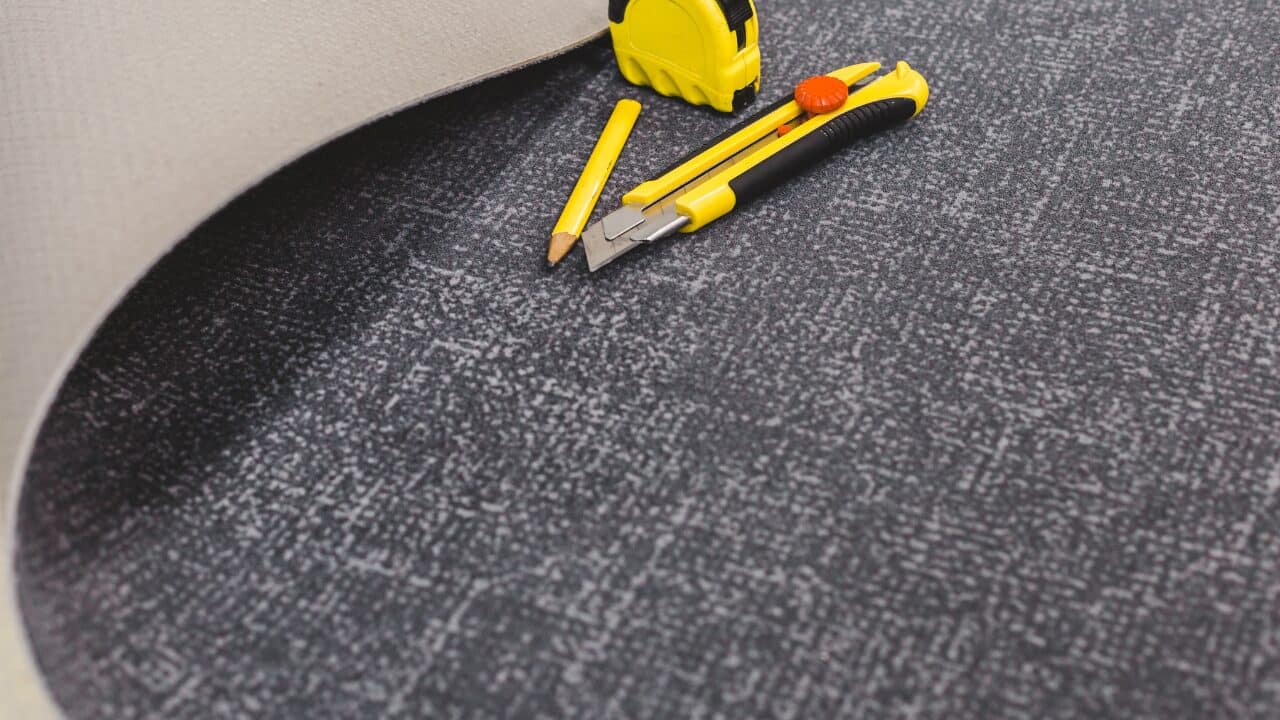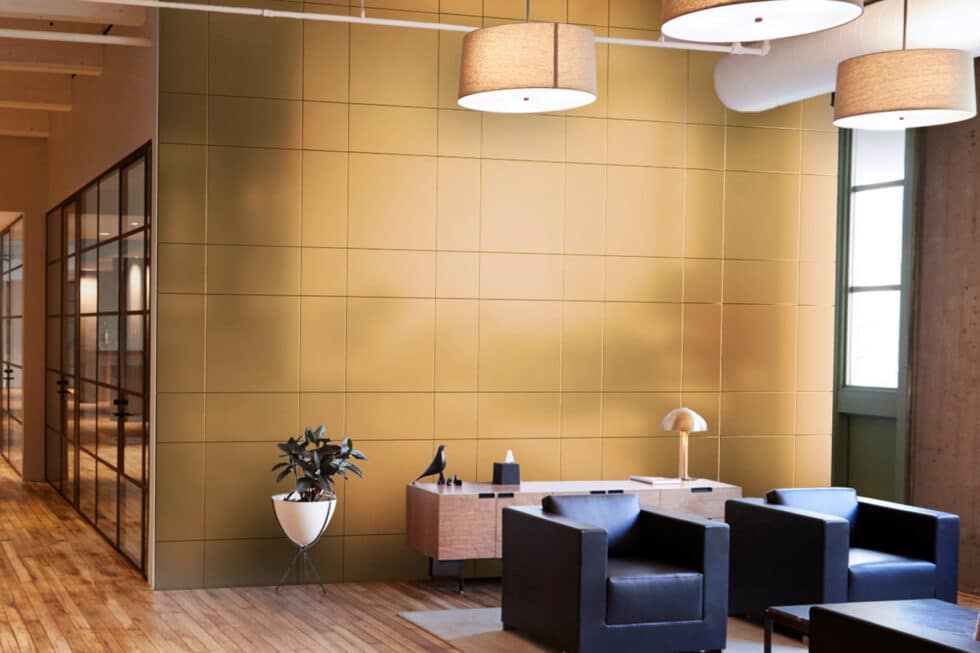In the world of interior design, the details can make all the difference. One such detail, often overlooked but crucial, is the finishing of carpet edges. This article explores the art of carpet finishing, particularly focusing on techniques like whipping, taping, and edging, essential for enhancing both the aesthetic and durability of carpets.
Table of Contents
Understanding Carpet Finishing
Carpet finishing is a technique used to refine the edges of carpets, rugs, and runners. This process is not just about aesthetics; it’s about longevity and practicality. Unfinished carpet edges can fray and unravel, leading to premature wear and tear. Finishing techniques like whipping, taping, and edging help prevent this, ensuring the carpet retains its shape and structure over time.
Carpet Whipping
Carpet whipping is a popular finishing method where the edges of the carpet are sewn with a strong yarn. This process creates a neat, tight border that encapsulates the raw edges. Whipping is often chosen for its minimalistic and clean appearance. It’s particularly effective for custom-shaped rugs or areas where the edge of the carpet is highly visible, for example a sisal stair runner.
Carpet Taping
Another elegant finishing method is carpet taping. This involves applying a decorative border tape around the edges of the carpet. Taping not only conceals the raw edges but also adds a design element to the rug. With a wide range of colors and patterns available, taping allows for customization to match or contrast with the carpet’s design, making a bold statement or blending seamlessly with the existing decor.
Carpet Edging
Carpet edging is a broader term that includes various techniques to finish the carpet borders. This can range from simple binding to more elaborate styles. Edging is about protecting the carpet while also enhancing its overall look. It’s particularly important for high-traffic areas where the edges are prone to wear.
The Importance of Professional Finishing
While DIY solutions exist, professional carpet finishing is recommended for the best results. Professionals have the expertise, tools, and materials to ensure a high-quality finish that complements the carpet’s appearance while extending its life. They can also offer advice on the best finishing method based on the carpet’s type, location, and use.
The Impact on Interior Design
Finished carpets contribute significantly to the room’s overall aesthetic. A well-finished carpet can act as a focal point or subtly blend into the room, depending on the chosen method and style. It’s an essential element for interior designers and homeowners who pay attention to detail.
Choosing the Right Finish
Selecting the right finishing method depends on various factors like the carpet’s material, the room’s design, and personal preferences. While whipping offers a subtle elegance, taping provides a more noticeable design feature. Understanding the room’s use and the desired aesthetic is key to making the right choice.
Conclusion
The art of carpet finishing, through techniques like whipping, taping, and edging, is a testament to the importance of details in interior design. These methods not only enhance the visual appeal of carpets but also contribute to their longevity and functionality. In a world where design is as much about beauty as it is about practicality, carpet finishing stands out as a crucial, yet often understated, element.
If you want to get a great carpet edging service in London then you might want tol consider these guys.





